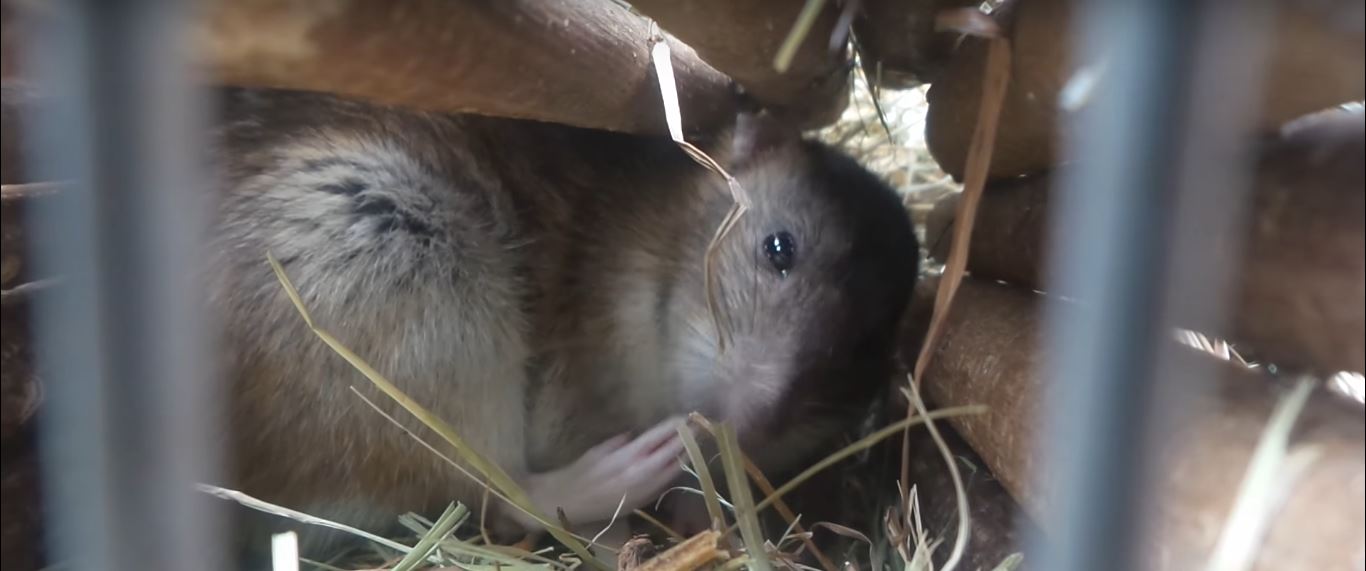Biology of Black Rat
The Knoxville black rat is one of the most common rats found on the planet. The rat, scientifically
known as Rattus rattus, gets its scientific name because of its commonality. This literally
means “rat” and explains that this species of Tennessee rat has found itself in virtually every country
on the planet.

The Tennessee black rat is also known as the “house rat” or the “roof rat.” It is believed that this rodent
originally began in Asia, and moved west as trade between Europe and Asian countries began to
materialize during the Roman Empire. From that point on, wherever European and Asian travelers
went to, black rats found a way to smuggle themselves aboard and make up new residence in every
country on earth. This is how they came to North and South America and to Oceania. In fact,
biologists believe that they can conclusively prove that Knoxville black rats came to these “new worlds”
very shortly after European settlers reached their lands for the first time.
The Knoxville black rat can grow to be as big as 65 cm, or about 14 inches long. That includes the tail,
which can grow to be as much as six inches. The females grow to be about the same size as the
males, making no differentiation in size between the genders. The weight can reach as much as
340 grams. While called the black rat, the coat on this rodent can range in colors from black, to
brown, gray, and white. The variation in color is dependent upon the breeding and genetic lineage
that is introduced from both parents. Many mistakenly believe that the color of the coat of this
rat is what can make it easy to distinguish between the Norway rat and the Tennessee black rat, but this is
completely erroneous.
Black rats are true omnivores, meaning they will eat just about anything. This includes virtually
anything you would throw away in your garbage, your pets’ food, bugs, and other animals that they
are able to capture. This is what distinguishes them from some other forms of Knoxville rats, in that they
will be aggressive in pursuing food.
While the black rat prefers to forage for food during night time hours, they are by no means nocturnal.
They will pursue food whenever it is available to them. Breeding in the black rat is a year-long process.
From all indications, there is no time when the Knoxville rats are not breeding. The only exception to that is when
food is scarce, and the female will instinctually know to delay her cycle. A female usually has between 5
to 8 babies in a litter, and this can happen as often as six times a year. This is how a colony of 6 or 8
Tennessee rats can turn into hundreds in just 12 months. Once born, the babies take about 20 days to wean from the
mother. A female can start having her own babies after 65 days.
Visit our Knoxville wildlife trapping home page to learn more about us.

